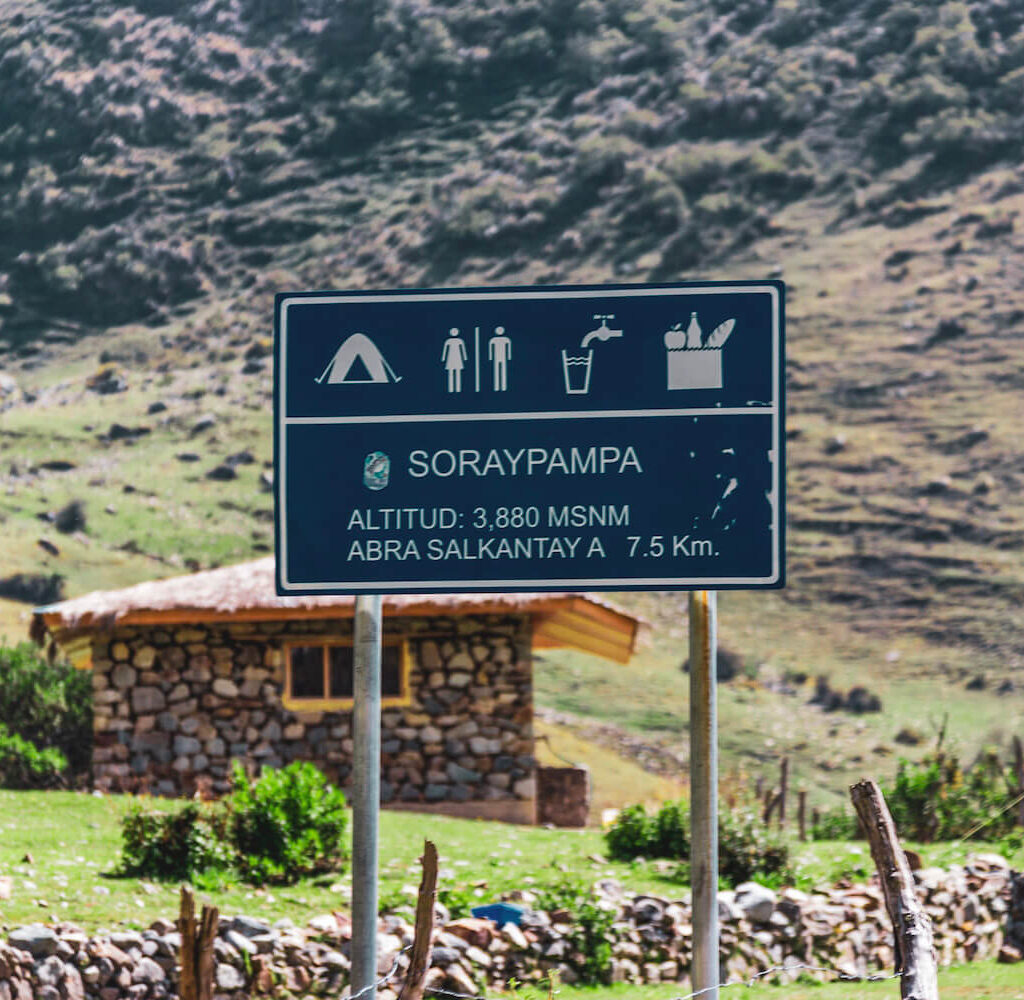
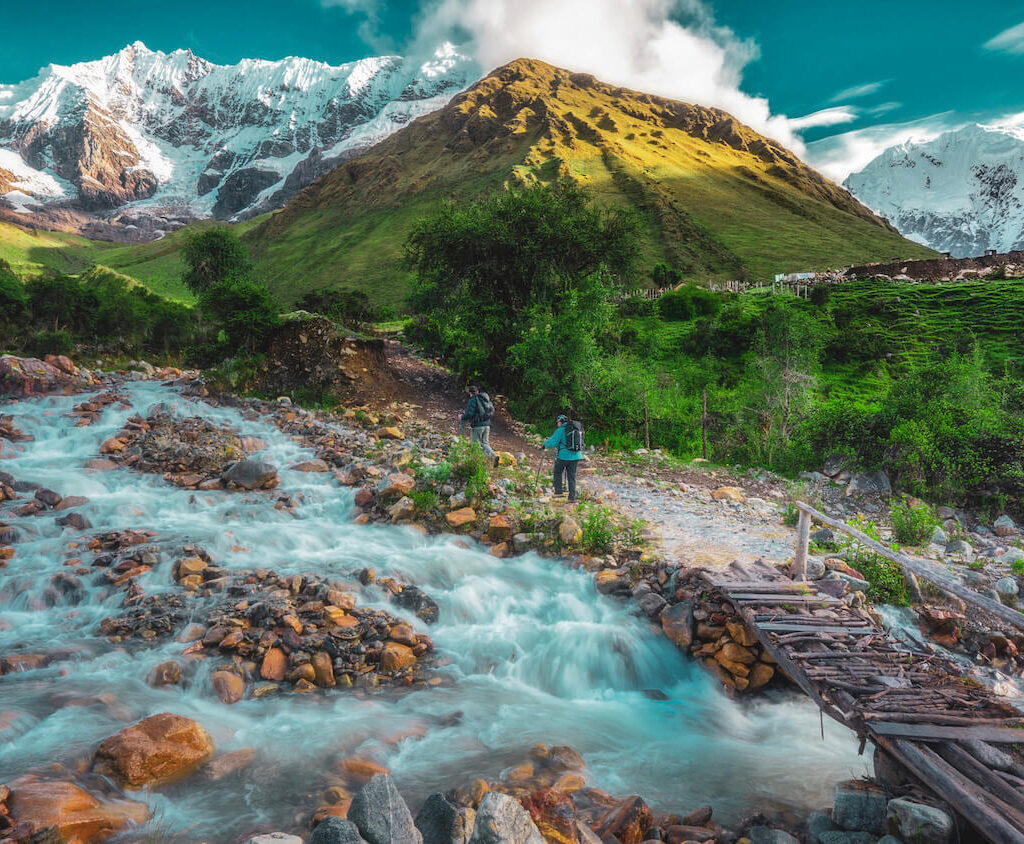
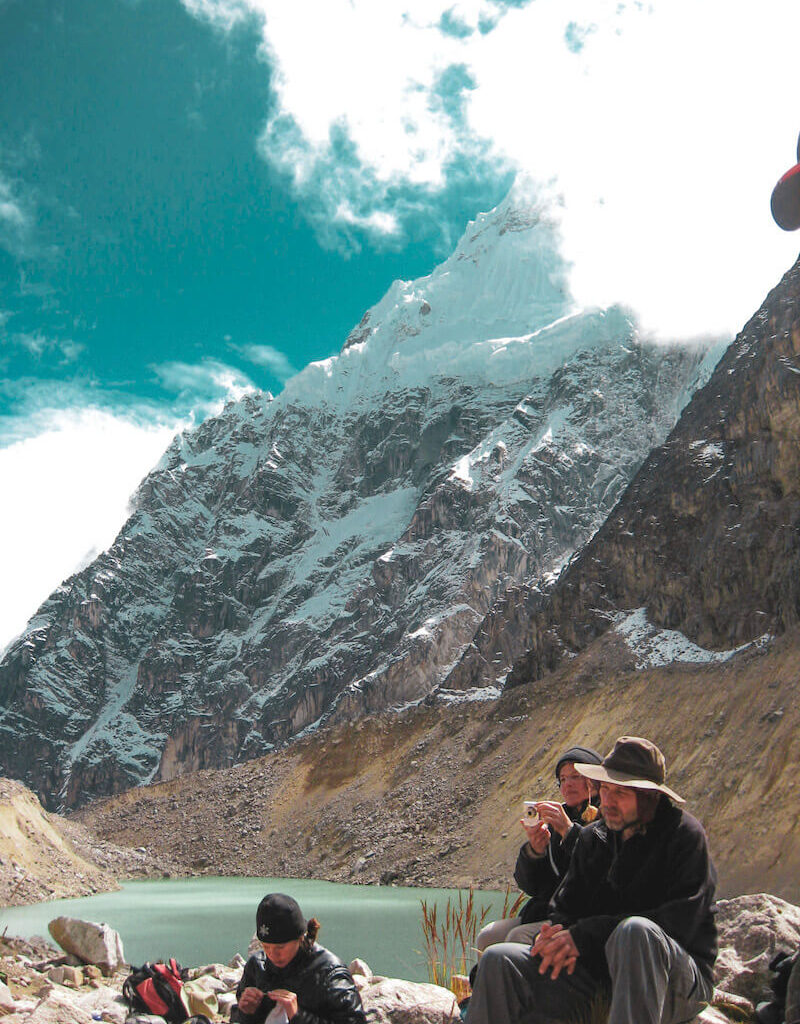
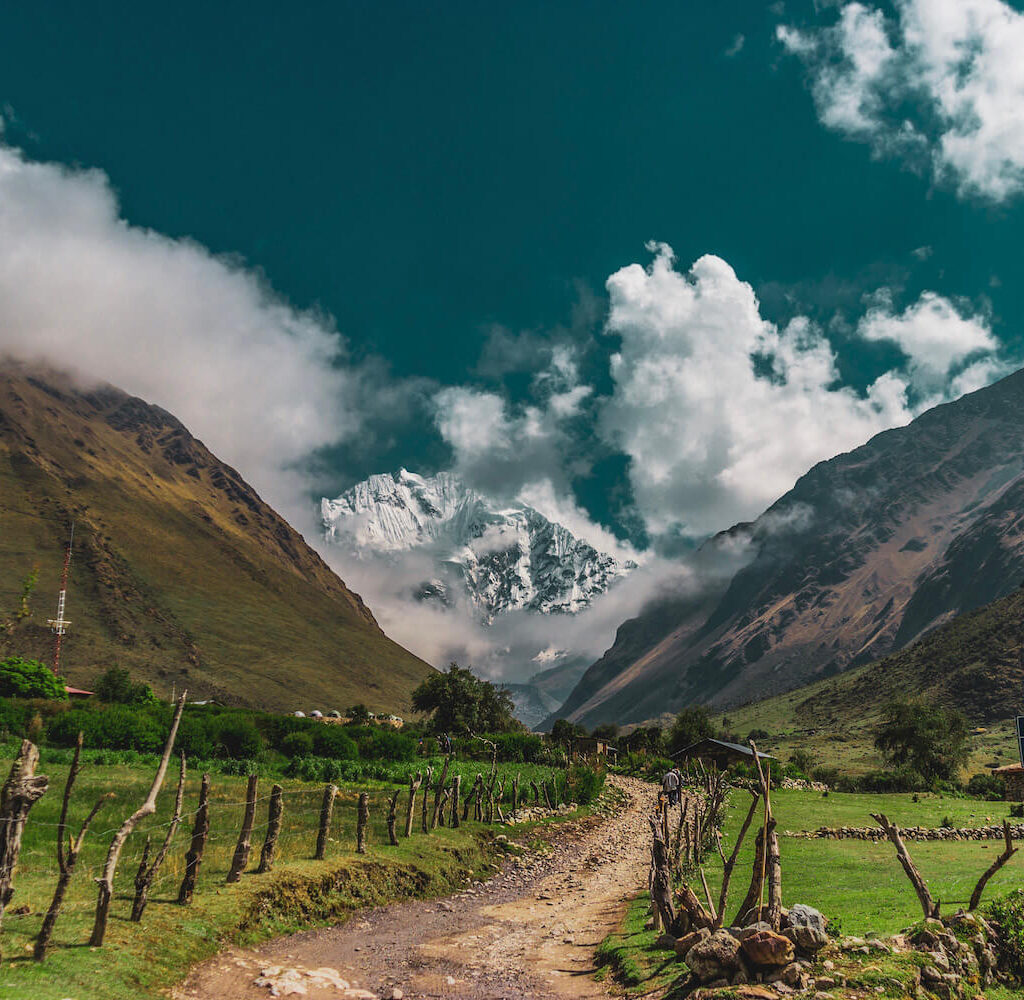
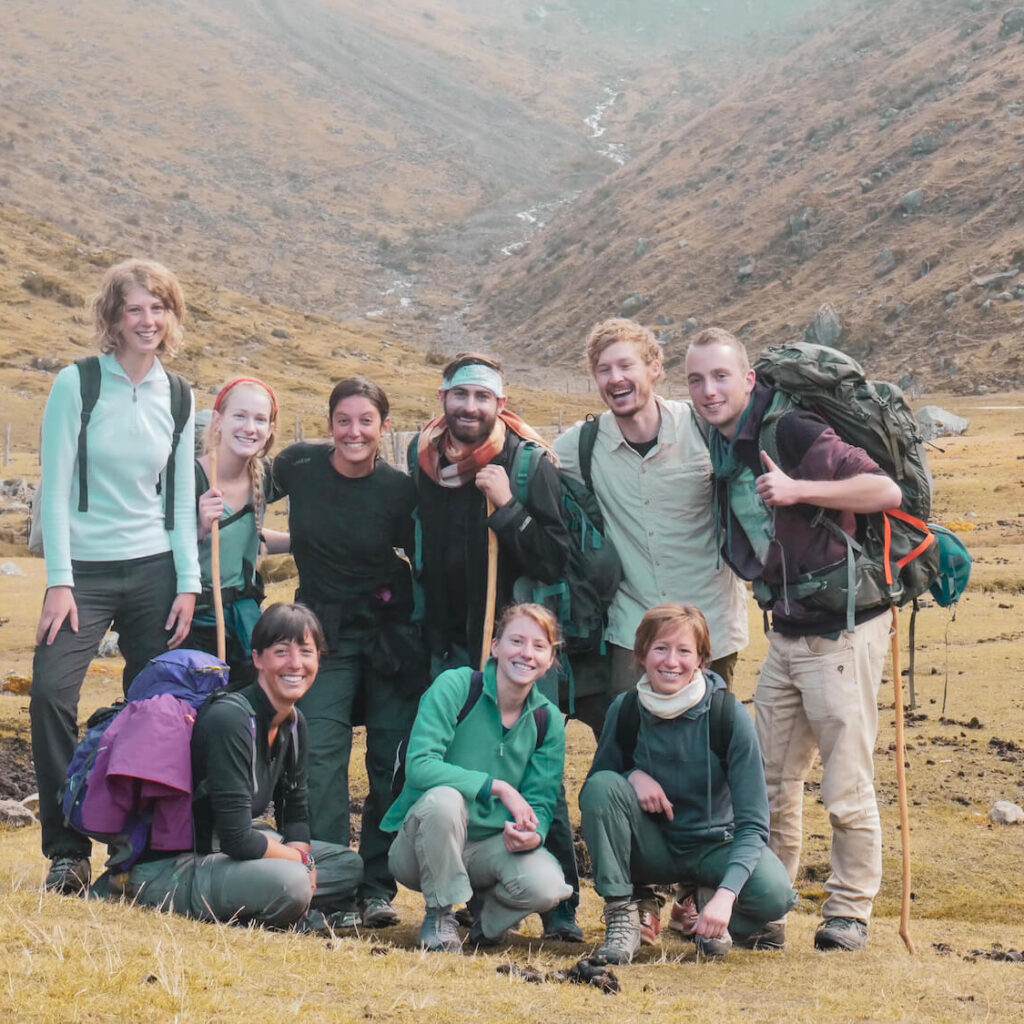
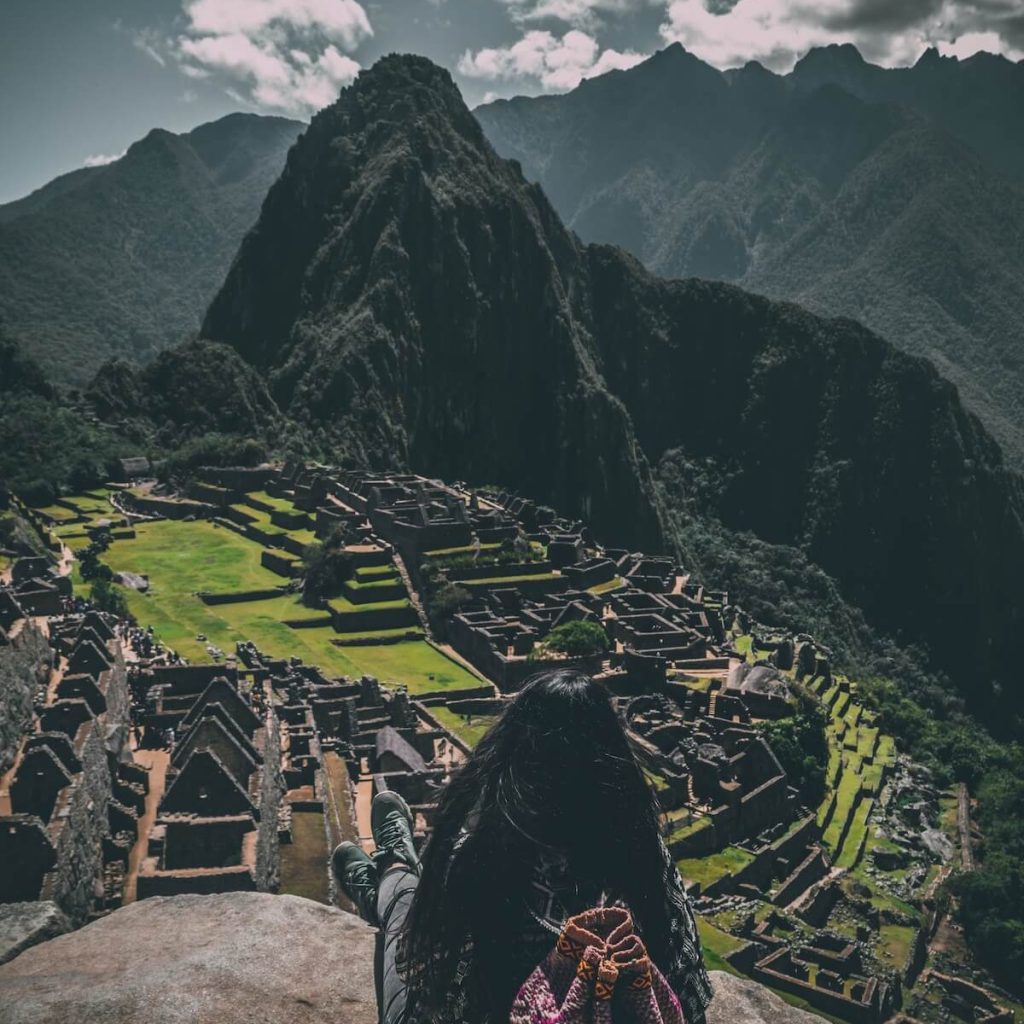
Salkantay Trek 5 Days to Machu Picchu

Tour type

Group size

Language

Best time

Difficulty

Duration
Overview
Discover the magic of the Salkantay Trek, a spectacular alternative route to Machu Picchu. This 5-day journey takes you through a variety of terrains, from majestic mountains to lush rainforests, offering a more intimate and diverse experience compared to the traditional Inca Trail. Ideal for adventurers and nature lovers, this trek not only challenges your physical limits but also provides a deep connection with nature and the ancient Inca civilization.
Highlights
- Breathtaking Scenery: Traverse through diverse landscapes including the majestic Salkantay Mountain, serene Humantay Lake, and the lush Andean rainforest.
- Cultural Immersion: Engage with local communities, learn about traditional Andean lifestyle and participate in coffee production processes.
- Varied Wildlife: Spot unique Andean wildlife, including the famous “Cock of the Rocks”, Peru’s national bird.
- Less Crowded Route: Experience a tranquil journey away from the more frequented paths.
- Starry Nights: Enjoy camping under clear, star-filled skies in remote locations.
- Machu Picchu Sunrise: Witness a breathtaking sunrise over the iconic Machu Picchu.
Whats included








Not included





Itinerary
An epic 5-day adventure, starting with an ascent to Humantay Lake, followed by a challenging hike to Salkantay Pass, and descending into the lush rainforests. The trail leads to the less explored Llactapata ruins with a unique view of Machu Picchu, culminating with a guided tour of the Machu Picchu citadel.
Day 1: Cusco – Mollepata – Soraypampa – Humantay Lake


- Early Morning Departure: The journey begins with a pickup from your hotel in Cusco. As the sun rises, you’ll drive through picturesque Andean villages, reaching Mollepata for a brief stop before continuing to Soraypampa.
- Trek to Humantay Lake: After arriving at Soraypampa, prepare for a 1.5-hour hike to the stunning Humantay Lake. The turquoise waters set against the backdrop of snow-capped peaks offer a breathtaking view.
Details:
- Hiking Time: Approximately 3 hours (round trip)
- Distance: 7 km (4.35 miles)
- Accommodation: Camping at Soraypampa
- Altitude at Campsite: 3,900 meters (12,795 feet)
Day 2: Soraypampa – Salkantay Pass – Wayracmachay – Chaullay


- Salkantay Pass: Begin your ascent early to the Salkantay Pass. This part of the trek is challenging but incredibly rewarding, offering spectacular views of the Salkantay Mountain.
- Hiking Time: 7 hours
- Distance: 14 km (8.7 miles)
- Descent to Chaullay: After reaching the pass, descend through diverse landscapes, including cloud forests and streams, ending your day at Chaullay.
- Accommodation: Camping at Chaullay
- Altitude at Campsite: 2,900 meters (9,514 feet)
Day 3: Chaullay – La Playa – Lucmabamba


- Journey Through the Cloud Forest: Depart Chaullay and embark on a scenic hike through the cloud forest. This part of the trek is rich in flora and fauna, offering a chance to spot diverse bird species.
- Hiking Time: 6 hours
- Distance: 16 km (9.94 miles)
- Coffee Plantations at Lucmabamba: The trek then leads to Lucmabamba, known for its coffee plantations. Here, you’ll learn about coffee production and even participate in the process.
- Accommodation: Camping at Lucmabamba
- Altitude at Campsite: 2,100 meters (6,890 feet)
Day 4: Lucmabamba – Llactapata – Hidroelectrica – Aguas Calientes


- Ancient Inca Trail to Llactapata: Start with a hike on an original Inca trail segment leading to the Llactapata ruins, offering a unique view of Machu Picchu from afar.
- Hiking Time: 5 hours
- Distance: 11 km (6.8 miles)
- Descent to Hidroelectrica and Aguas Calientes: After exploring Llactapata, descend towards Hidroelectrica, followed by a short train ride to Aguas Calientes.
- Accommodation: Hotel in Aguas Calientes
Day 5: Aguas Calientes – Machu Picchu – Cusco


Sunrise at Machu Picchu: An early start leads to a bus ride up to Machu Picchu, where you’ll experience a magical sunrise and a guided tour of the ancient citadel.
- Return to Cusco: In the afternoon, you’ll head back to Aguas Calientes for your train and bus journey back to Cusco.
- End of Trek
What to bring
- Daypack: A small and comfortable daypack to carry essentials like water, snacks, camera, sunscreen, and rain gear.
- Water Bottle: Bring a refillable water bottle to stay hydrated during the hike. There are refill stations along the Inca Trail.
- Comfortable Hiking Shoes: Sturdy, broken-in hiking shoes or boots with good ankle support for the challenging terrain.
- Clothing: Dress in layers for varying weather conditions. Pack lightweight, moisture-wicking clothing for daytime and warmer layers for the evenings.
- Rain Gear: A waterproof jacket or poncho and rain pants to stay dry during potential rain showers.
- Hat and Sunglasses: Protect yourself from the sun with a wide-brimmed hat and sunglasses.
- Sunscreen and Lip Balm: High-altitude sun exposure can be intense, so bring sunscreen and lip balm with SPF protection.
- Insect Repellent: Keep pesky bugs away with a good quality insect repellent.
- Personal Medications: Bring any necessary medications, as well as a basic first aid kit with bandages and antiseptic.
- Toiletries: Biodegradable soap, wet wipes, and toilet paper for maintaining personal hygiene during the trek.
- Headlamp or Flashlight: A headlamp or flashlight is essential for navigating in the dark, especially during early morning starts.
- Camera and Extra Batteries: Capture the stunning landscapes and historical sites along the way.
- Personal Documents: Carry your passport, travel insurance, and any required permits or tickets.
What to wear
- Moisture-Wicking Base Layers: Wear lightweight, moisture-wicking tops and bottoms to keep sweat away from your skin.
- Long-Sleeve Shirts and Pants: Protect yourself from the sun and bugs with long-sleeve shirts and pants.
- Insulating Layers: Bring a fleece or down jacket for cooler evenings at higher altitudes.
- Warm Hat and Gloves: Keep warm during chilly mornings and evenings with a hat and gloves.
- Socks: Moisture-wicking and comfortable hiking socks to prevent blisters.
- Sandals or Camp Shoes: Comfortable sandals or lightweight shoes to relax in at the campsites.
Not allowed
Recommendations
- Acclimatization: Spend a few days in Cusco before the trek to acclimate to the altitude and reduce the risk of altitude sickness.
- Stay Hydrated: Drink plenty of water throughout the hike to stay hydrated, especially at higher altitudes.
- Pack Light: Keep your backpack as light as possible to make the trek more enjoyable. Porters will carry camping gear, but you should carry your daypack with essentials.
- Respect the Environment: Practice responsible tourism by following Leave No Trace principles. Dispose of waste properly and avoid damaging the delicate ecosystems.
- Listen to Your Body: Pay attention to how you feel during the hike. If you experience any symptoms of altitude sickness or exhaustion, inform your guide immediately.
- Cash: Bring enough cash in local currency for personal expenses and tips for your guide and porters.
- Disconnect: Embrace the opportunity to disconnect from technology and immerse yourself in the natural beauty of the Andean landscape.
Travel Info
More Information – Salkantay Trek
Ideal Season
Best Trekking Season: April to November
- Weather Conditions: This period typically has the clearest and driest weather, ideal for trekking. Daytime temperatures are comfortable, though nights can be cold, especially at higher altitudes.
- Landscape Beauty: During these months, the visibility is better, and the trails are less muddy, offering stunning views of the snow-capped peaks and lush valleys. Wildflowers and local flora are in bloom, adding to the scenic beauty.
- Tourist Flow: While this is the peak season, the Salkantay Trek is less crowded than the more famous Inca Trail, offering a more serene experience.
Difficulty Level
Moderate to Challenging
- Physical Demands: The trek involves long daily walks, steep ascents, and descents, and traversing uneven terrain. It requires a good level of physical fitness, stamina, and mental preparedness.
- Altitude Factor: The high altitude, with the highest point at 4,650 meters, adds to the difficulty. Participants should be prepared for more strenuous exertion than at lower elevations.
- Preparation Tips: Regular cardiovascular training, strength exercises, and some prior hiking experience are recommended to prepare for the trek.
Altitude Sickness
Awareness and Precautions
- Understanding Symptoms: Symptoms include headache, nausea, dizziness, tiredness, loss of appetite, and shortness of breath. These can occur when ascending too quickly and not acclimatizing properly.
- Acclimatization: Spend 2-3 days in Cusco or a similar altitude before starting the trek to adjust to the elevation.
- On-Trek Precautions: Ascend slowly, stay hydrated, avoid alcohol and heavy meals, and inform your guide immediately if symptoms arise. Medications like Acetazolamide can be taken after consulting a doctor.
Supporting Local Communities
Sustainable Tourism and Community Benefits
- Economic Impact: The trek supports the local economy by employing local guides, porters, and cooks. This provides vital income for communities in the region.
- Cultural Exchange: Trekkers have opportunities to interact with local people, learn about their cultures and traditions, and purchase local crafts, which helps preserve cultural heritage.
- Environmental Efforts: Many trek operators implement sustainable practices like waste management and trail maintenance, minimizing environmental impact and promoting conservation efforts.
For every person who books a tour, we donate $1 to support orphaned children in Cusco by providing basic necessities. Hope for Cusco.
- From: $ 550.00 per person
Why Book With Us?
Local & Trusted
As a Cusco-based business, we offer authentic experiences and expert guidance for your Machu Picchu trip.
Your Booking Gives Back
For every person who books a tour, we donate $1 to support orphaned children in Cusco.
Fast & Secure Reservations
Get your tickets processed within 24 hours, with guaranteed entry and no hidden fees.
Reliable Support
Our team is here to assist you every step of the way, ensuring a smooth and stress-free experience.
![]() by
by ![]()
FAQs
























More to discover
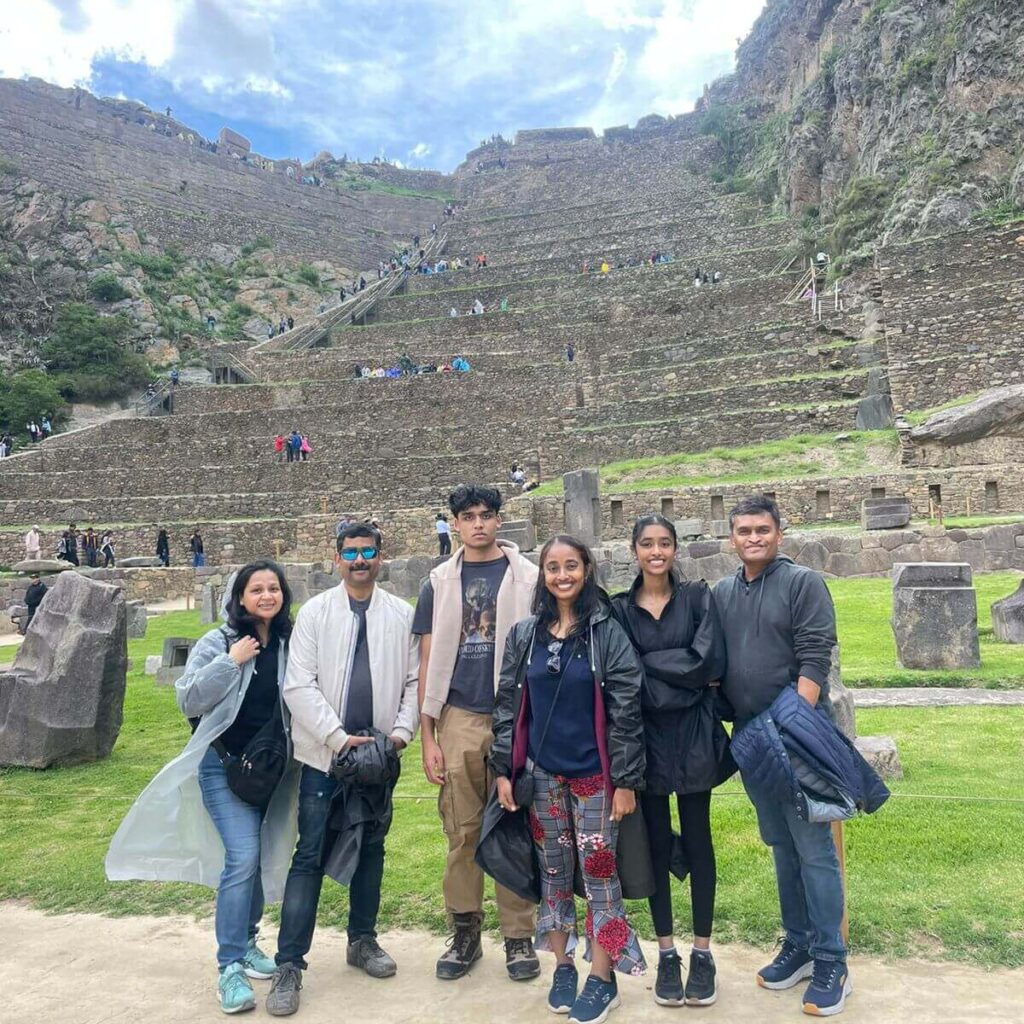
Starting at
$ 39.00
Cusco, Sacred Valley
- Trip type: Historical
- Activity Level: easy
 English
English Spanish
Spanish Portuguese
Portuguese
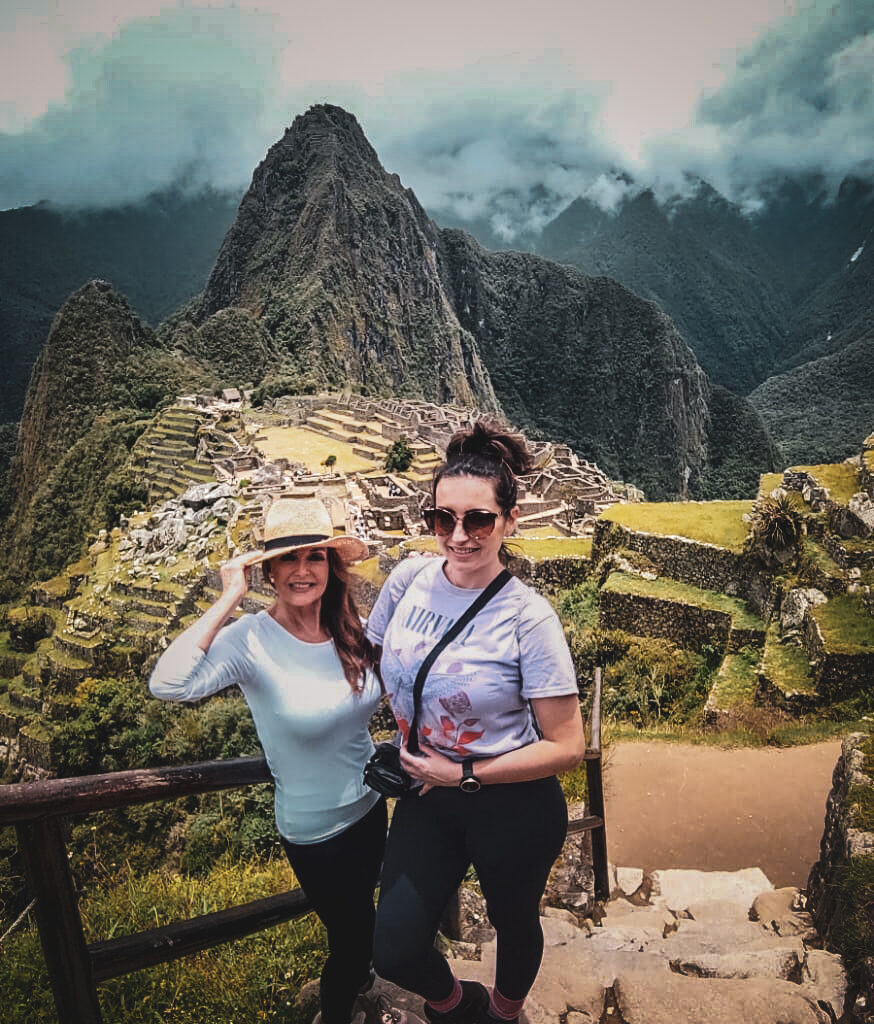
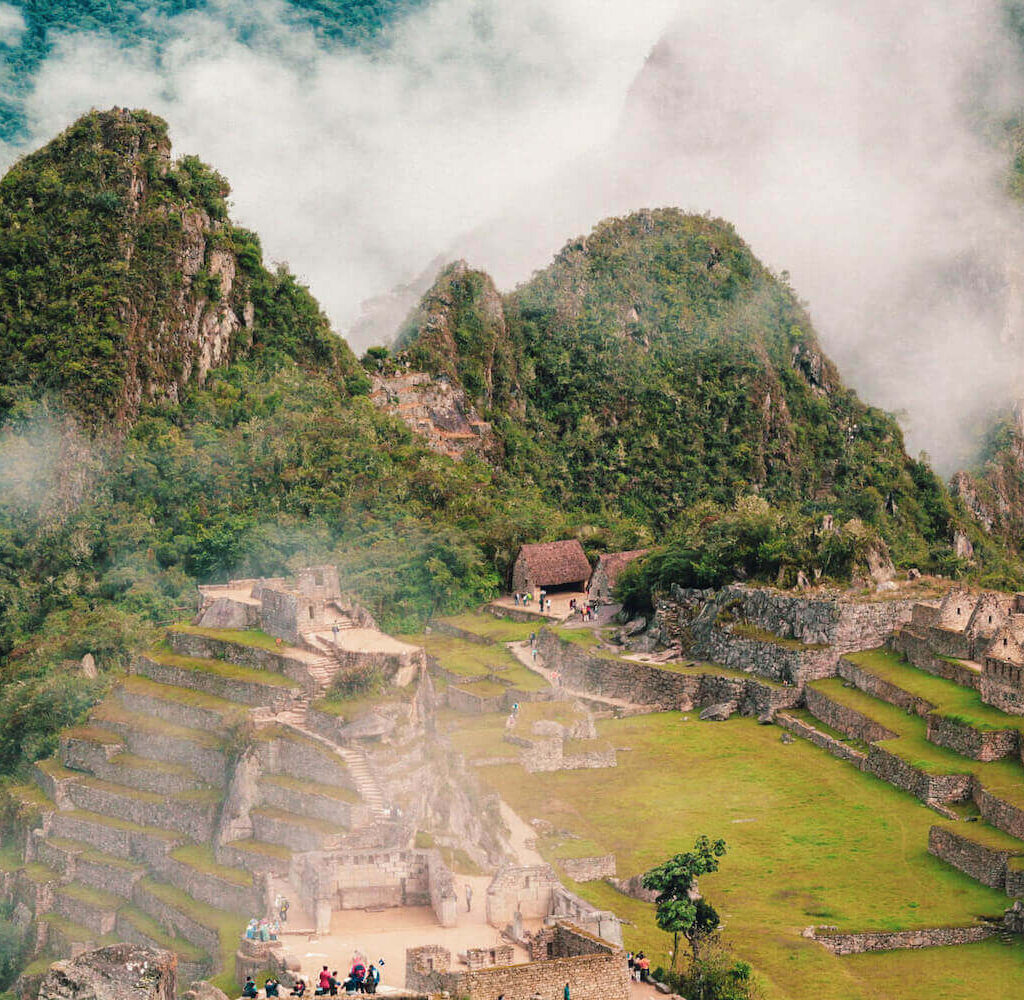
Reviews
There are no reviews yet.